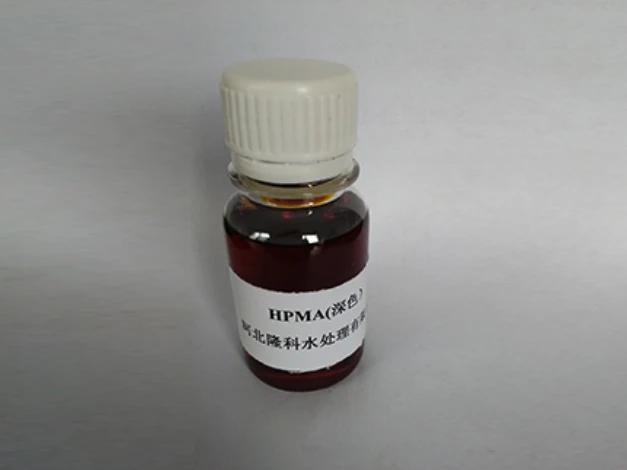flocculant vs coagulant
Understanding the Difference Flocculants vs. Coagulants
In the field of water treatment and environmental science, the terms “flocculant” and “coagulant” are often used interchangeably, yet they refer to distinct processes and substances that play critical roles in clarifying water. Understanding the differences between them is fundamental for anyone involved in water treatment or wastewater management.
Coagulants
Coagulants are chemicals that help to destabilize suspended particles in water, leading to the formation of larger aggregates known as flocs. This process is known as coagulation. When added to water, coagulants—often containing aluminum sulfide, ferric chloride, or polyaluminium chloride—work by neutralizing the electrical charges on particles that keep them suspended. As a result, these destabilized particles can come together and form larger aggregates, making it easier to remove them from the water.
This process is typically the first step in water treatment. For example, in drinking water treatment plants, coagulants are added early in the treatment process to effectively remove impurities, including organic matter, pathogens, and various sediments that can compromise water quality.
Flocculants
Flocculants, on the other hand, are substances that promote the agglomeration of flocs that are already formed during the coagulation process. They enhance the process known as flocculation, which involves the gentle mixing of water to encourage the growth of larger flocs that can easily settle out of the water column. Common flocculants include synthetic polymers such as polyacrylamide and natural products like chitosan.
flocculant vs coagulant

Flocculants are useful in various applications depending on the types of particles present in the water. For instance, they are often employed in municipal water treatment, as well as in industrial processes like mining, pulp and paper production, and textiles. By increasing the size of the flocs, flocculants allow for more efficient removal of contaminants, leading to clearer, cleaner water.
Application and Importance
Understanding the differences between coagulants and flocculants is paramount for optimizing water treatment processes. The appropriate selection of these chemicals can significantly impact the efficiency of the treatment process. Coagulation is usually followed by flocculation, creating a sequential approach that captures a wide range of contaminants.
Moreover, different water sources may require varying types and concentrations of coagulants and flocculants to achieve desired results. Factors such as pH, temperature, and the specific type of contaminants must be taken into account when designing a treatment protocol.
Conclusion
In summary, while both coagulants and flocculants are integral to water treatment processes, they serve different functions. Coagulants are critical for destabilizing particles and forming initial flocs, whereas flocculants assist in the aggregation and growth of these flocs. By understanding their roles and applications, water treatment professionals can better combat water pollution and improve overall water quality, contributing to healthier ecosystems and communities.
-
lk-319-special-scale-and-corrosion-inhibitor-for-steel-plants-advanced-solutions-for-industrial-water-systemsNewsAug.22,2025
-
flocculant-water-treatment-essential-chemical-solutions-for-purification-processesNewsAug.22,2025
-
isothiazolinones-versatile-microbial-control-agents-for-industrial-and-consumer-applicationsNewsAug.22,2025
-
scale-inhibitor-key-solutions-for-water-system-scale-preventionNewsAug.22,2025
-
organophosphonates-versatile-scale-inhibitors-for-industrial-water-systemsNewsAug.22,2025
-
scale-and-corrosion-inhibitor-essential-chemical-solutions-for-water-system-maintenanceNewsAug.22,2025





